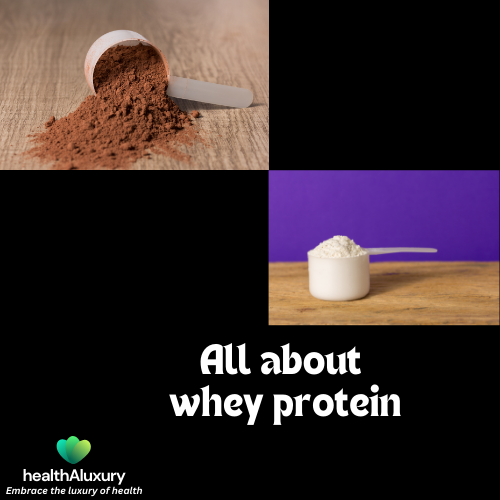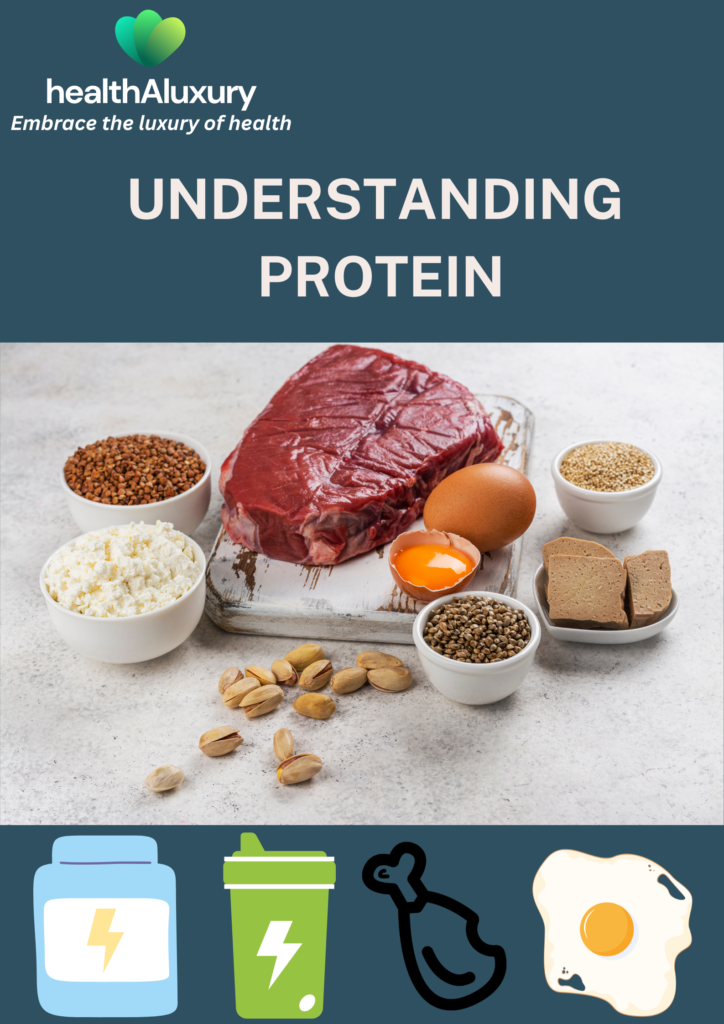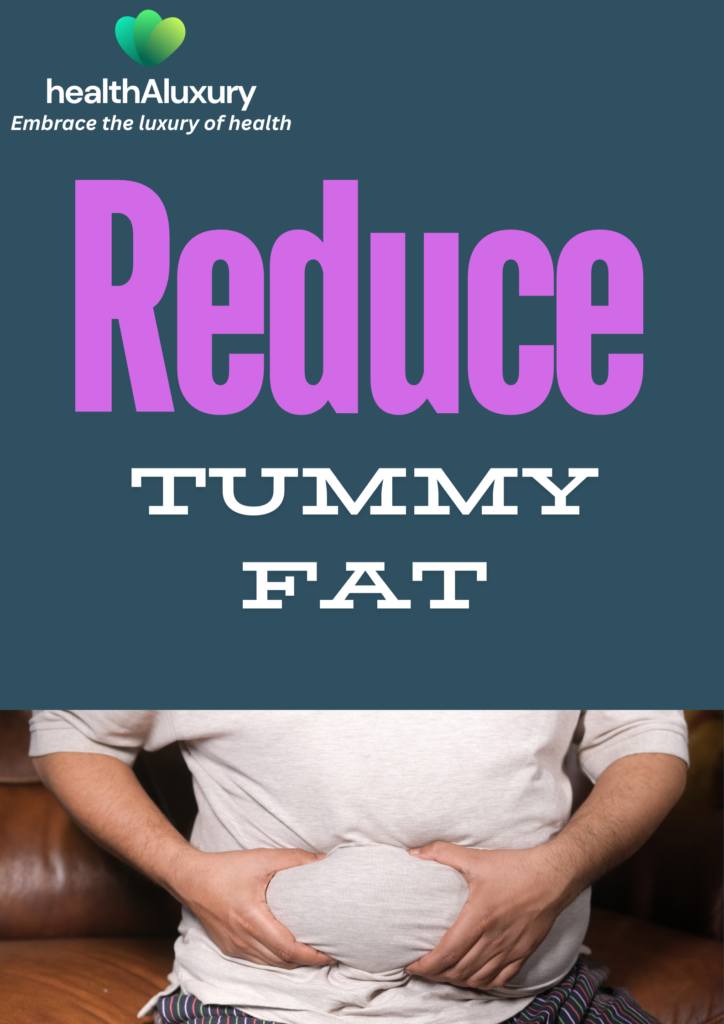8 reasons why Whey Protein is so popular amongst gym goers
Whey protein has become a staple in the fitness and bodybuilding community, and for good reason. As a nutrition expert, I want to explain why this specific protein supplement is so well-regarded, particularly among gym-goers and bodybuilders.
1. High-Quality Protein Source
Whey protein is derived from milk and is considered among the highest-quality proteins available. It contains all nine essential amino acids, making it a “complete” protein. This is crucial for muscle repair and growth, as these amino acids—especially leucine—are the building blocks for muscle synthesis.
2. Fast Absorption Rate
One of the key reasons why whey protein is preferred by gym enthusiasts is its fast absorption rate. After an intense workout, muscles are primed for recovery, and whey protein is quickly digested, ensuring that the necessary amino acids reach the muscles faster than most other protein sources. This rapid delivery helps to kickstart muscle repair and growth, maximizing post-workout recovery.
3. Promotes Muscle Growth
Whey protein is rich in branched-chain amino acids (BCAAs), particularly leucine, which is known to directly stimulate muscle protein synthesis. For bodybuilders and those engaged in resistance training, this is vital for building and maintaining lean muscle mass. Whey helps athletes gain muscle mass more effectively when combined with consistent training.
4. Convenient and Efficient
Another major reason for whey protein’s popularity is convenience. In a busy schedule, it can be difficult to prepare and consume whole food meals that meet protein requirements. Whey protein shakes offer a quick, easy way to consume high-quality protein, either on the go or immediately after a workout, when timing is crucial for muscle recovery.
5. Low in Fat and Carbohydrates
For those focused on building lean muscle while minimizing fat gain, whey protein provides a low-calorie, low-fat, and low-carb option. This makes it ideal for people who are managing their macronutrients closely. Whether bulking or cutting, whey protein allows athletes to meet their protein needs without excess calories from fats or carbs.
6. Supports Fat Loss
Whey protein has been shown to support fat loss when consumed as part of a balanced diet. It helps promote satiety, keeping people fuller for longer, which can reduce overall calorie intake. Additionally, as protein has a higher thermic effect compared to fats and carbohydrates, the body burns more calories digesting it.
7. Affordable and Accessible
Compared to other protein-rich foods like meats and fish, whey protein is relatively affordable and accessible. Its popularity has also driven down costs, making it a budget-friendly option for people looking to meet their daily protein needs without breaking the bank.
8. Versatile in Use
Whey protein isn’t just for shakes—it can be incorporated into a variety of recipes like smoothies, protein bars, or even baked goods. This versatility allows bodybuilders and fitness enthusiasts to enjoy a diverse range of meals and snacks while still hitting their protein goals.
Conclusion: why Whey Protein is so popular amongst gym goers
Whey protein’s fame among gym-goers is well-deserved. It’s a high-quality, fast-absorbing, and convenient protein source that enhances muscle growth, supports fat loss, and promotes faster recovery. Its affordability and versatility make it a go-to supplement for anyone serious about fitness and performance.





